Facilities
Ancient DNA laboratory
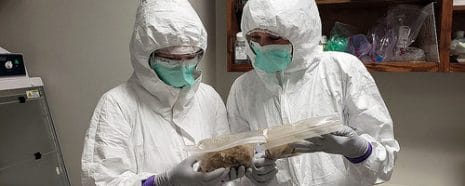
The Ancient DNA Lab provides support for researchers working with ancient, historical, forensic, or other sensitive (low DNA quantity/quality) genetic samples.
Biosafety Level 2 (BSL-2) laboratory
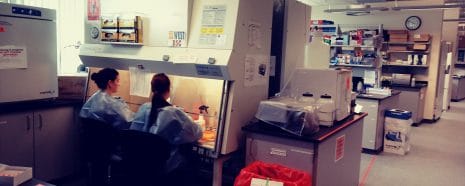
BSL-2 is suitable for work involving agents that pose moderate hazards to personnel and the environment such as Escherichia coli and MRSA. Laboratory personnel have specific training in handling pathogenic agents, access is restricted and all procedures are conducted in BSCs or other physical containment equipment.
Biosafety Level 3 (BSL-3) high-containment laboratory

BSL-3 is applicable to research facilities where work is performed with biological agents that have the potential to pose a severe threat to public health and safety. Laboratory personnel receive specific training in handling potentially lethal agents. All procedures must be conducted within BSCs. The CDC regulates and inspects BSL-3 laboratories that conduct research on Select Agents.
Caporaso Bioinformatics Lab
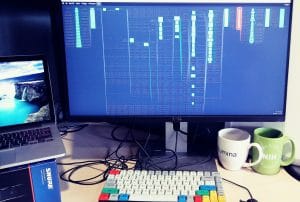
The Caporaso Bioinformatics Lab is an applied bioinformatics lab focused on microbiome research, software development, and bioinformatics education.
Genetic Analysis Instrument Lab

Real-Time PCR, developed in 1992, is used to exponentially amplify a single copy of a segment of DNA. The Real-Time instrument allows for the detection of the anticipated DNA target region during the early phases of the reaction.
PCR Amplification Lab
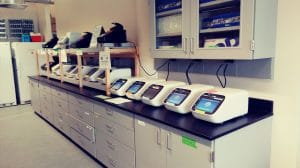
Traditional PCR was developed in 1983. It’s used to exponentially amplify a single copy of a segment of DNA, then once the reaction is complete uses agarose gel electrophoresis to check whether the reaction successfully generated the anticipated DNA target region.
TGen North Pathogen and Microbiome Division
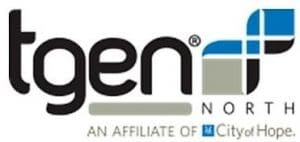
TGen North focuses on diagnostic, analytic, forensic, ecologic and epidemiologic research of microbes important to medicine, public health and biodefense.